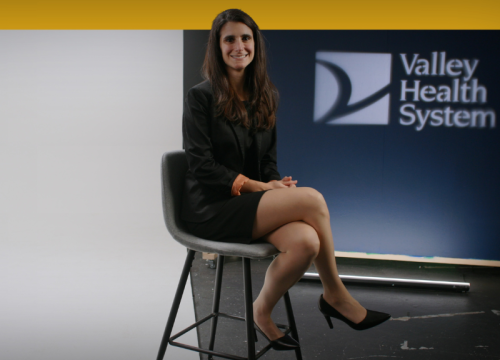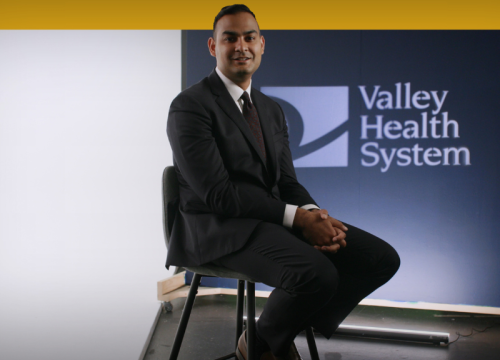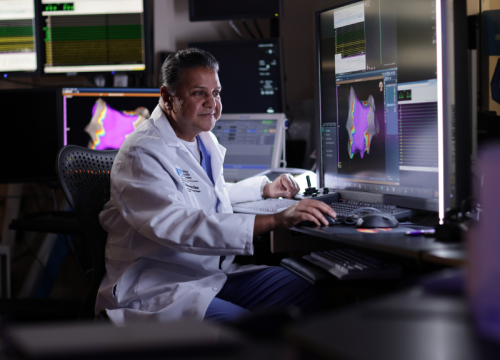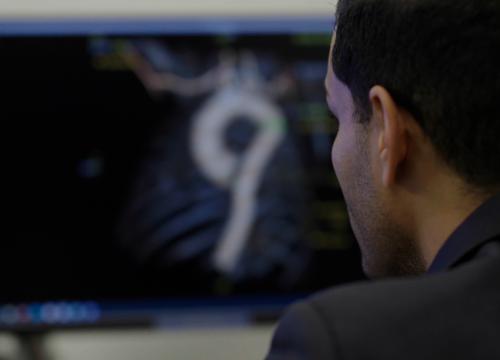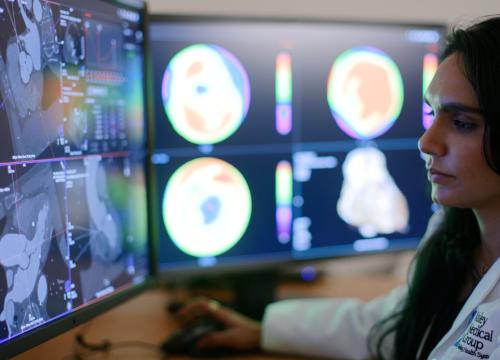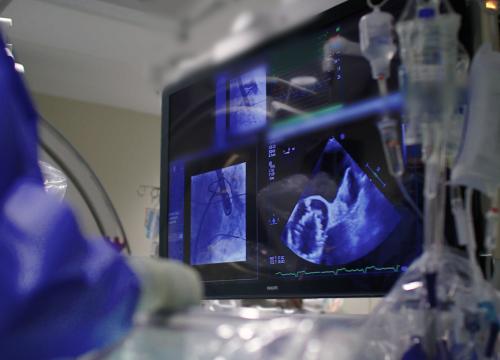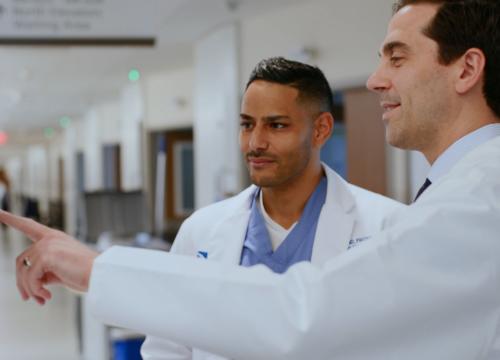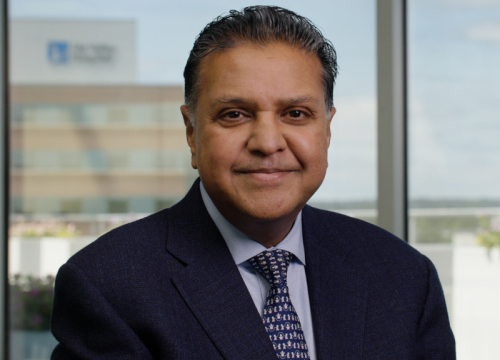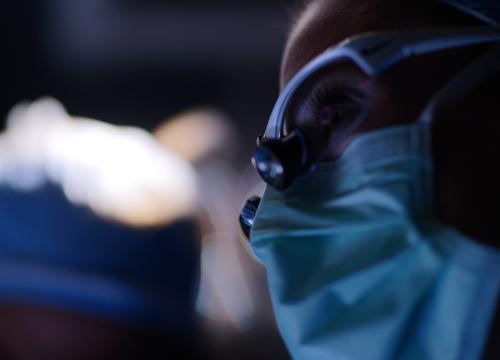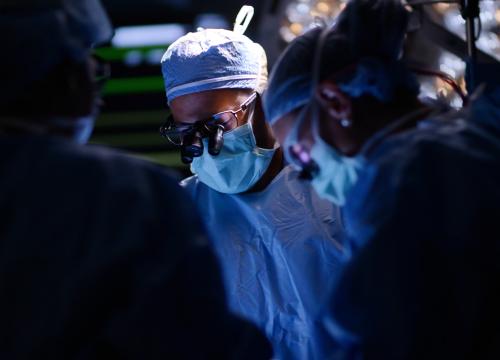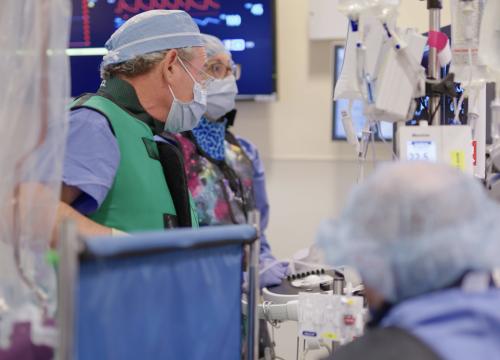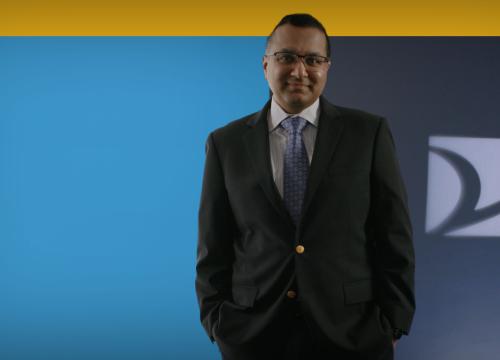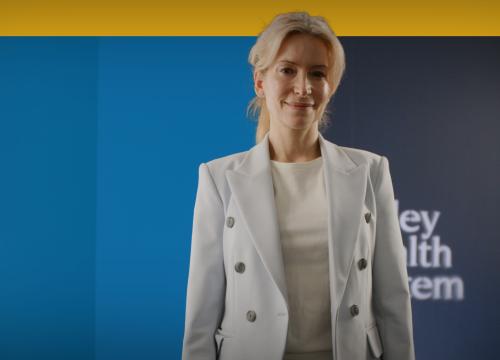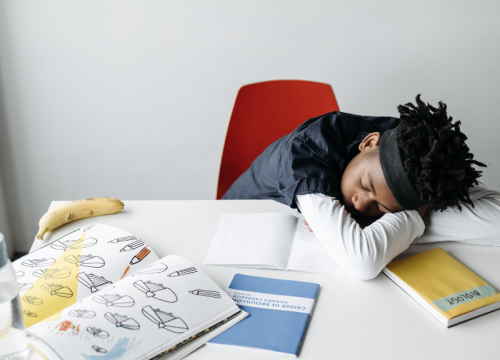Central sleep apnea (CSA) is a serious condition in which a person’s sleep is interrupted because the brain doesn’t send the proper signals to the diaphragm during sleep. This can cause lapses in breathing.
The condition is different from obstructive sleep apnea, in which breathing disruptions occur when the throat muscles intermittently relax and block the airway during sleep.
Because central sleep apnea causes significant drops in nighttime blood oxygen levels and disrupted sleep, patients may experience a significant impairment in their cardiac function, daytime performance and overall quality of life.
Traditionally, central sleep apnea has been difficult to treat, frequently resistant to medical therapy and unresponsive to CPAP, the usual therapy for obstructive sleep apnea.
The Valley Approach to Treating Central Sleep Apnea
Your Central Sleep Apnea Team
Sleep Medicine Specialist
Jeffrey Barasch, MD
Electrophysiologists
Suneet Mittal, MD
Dan Musat, MD
Heart Failure Specialist
Kariann Abbate, MD
At Valley, moderate to severe central sleep apnea is treated using the remedē® System. This innovative, FDA-approved device has been proven to reduce the number of sleep apnea events, as well as improve patients’ quality of life and overall cardiovascular health.
Valley was among the first in the New York metro region to offer the remedē System for central sleep apnea treatment.
Our multidisciplinary team – consisting of a sleep medicine specialist, electrophysiologists and a heart failure specialist – works together to determine appropriate patients for treatment using the remedē System; implant the device; and monitor patients’ improvement.
How the remedē System Works
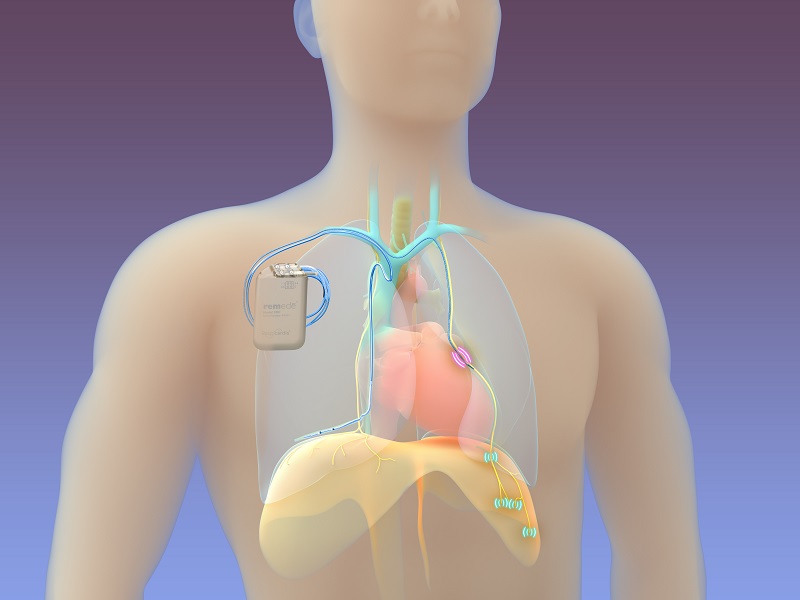
- An electrophysiologist implants the remedē System – a battery-powered, pacemaker-like device – under the skin in the upper chest area. This is done during a minimally invasive outpatient procedure.
- The device treats central sleep apnea by activating a nerve located in the chest that stimulates breathing. The system monitors the patient’s breathing during sleep; if irregular breathing is detected, it stimulates the nerve to move the diaphragm and restore normal breathing.
- The remedē System works to continuously and automatically monitor and stabilize the breathing pattern, restoring sleep throughout the night.
- This treatment starts and stops on its own and doesn’t require any additional equipment.


